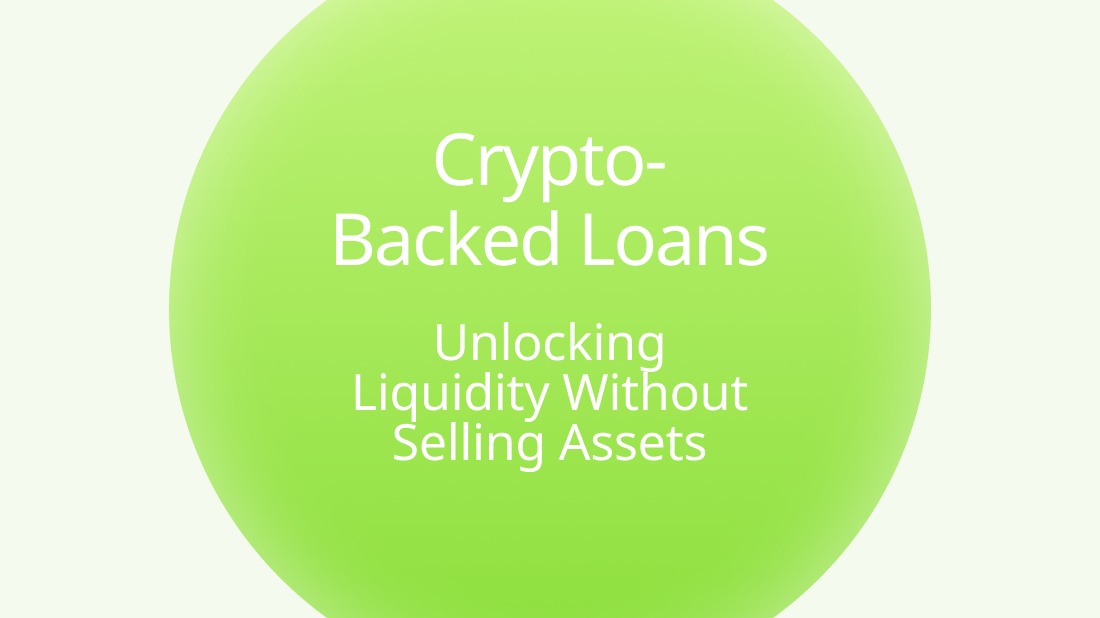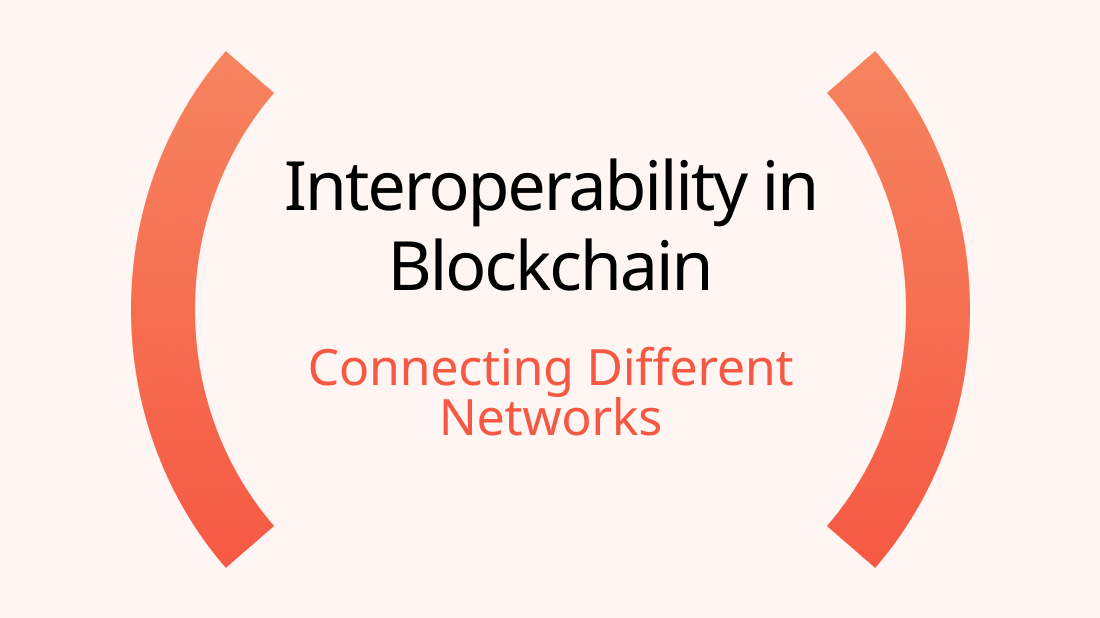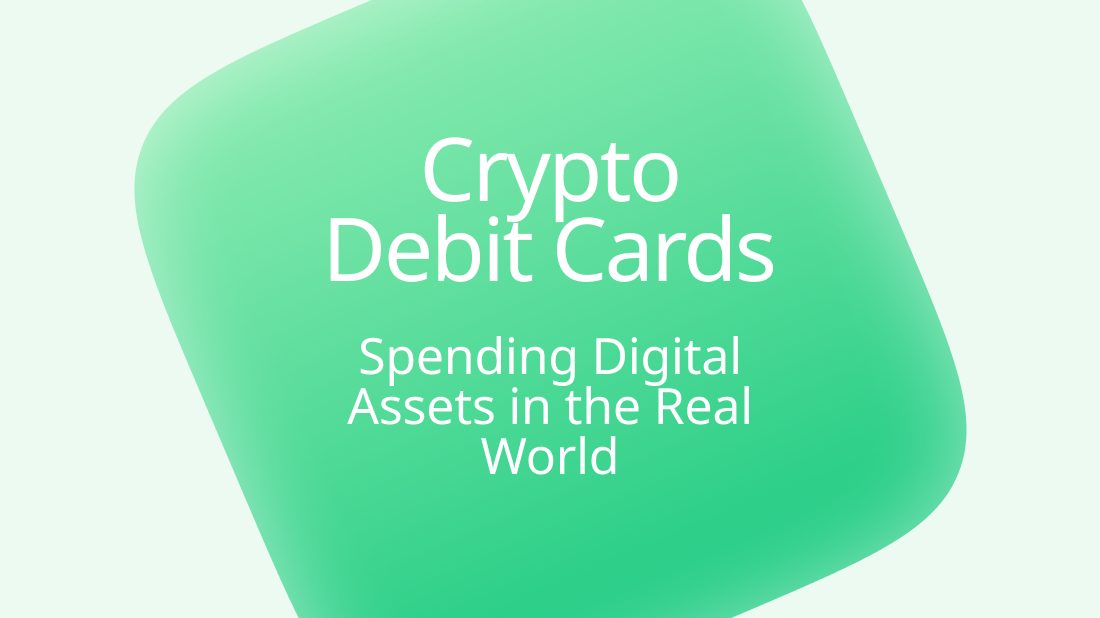Crypto Microfinance: Bridging the Gap for the Unbanked

In the realm of financial inclusion, crypto microfinance has emerged as a powerful tool for bridging the gap and providing access to financial services for underserved populations. By leveraging blockchain technology and cryptocurrencies, microfinance institutions are revolutionizing traditional lending models, offering microloans to individuals and businesses in need. In this article, we'll delve into the role of crypto microfinance in empowering the unbanked and fostering economic inclusion.
Understanding Crypto Microfinance
- Breaking Barriers to Access
Traditional financial institutions often overlook low-income individuals and small businesses due to high transaction costs, collateral requirements, and bureaucratic hurdles. Crypto microfinance platforms, on the other hand, leverage blockchain technology to streamline lending processes, reducing costs and increasing accessibility for the unbanked.
- Digital Microloans
Crypto microfinance institutions offer digital microloans denominated in cryptocurrencies, providing borrowers with access to capital for various purposes, including education, healthcare, entrepreneurship, and agricultural activities. These microloans are often smaller in size compared to traditional loans, making them suitable for individuals with limited financial resources.
- Decentralized Lending Platforms
Decentralized finance (DeFi) platforms have played a significant role in the growth of crypto microfinance. These platforms facilitate peer-to-peer lending and borrowing without the need for intermediaries, enabling borrowers to access funds directly from lenders across the globe.
Empowering the Unbanked
- Financial Inclusion
Crypto microfinance plays a crucial role in promoting financial inclusion by providing access to credit and other financial services to underserved populations. For the unbanked, access to microloans can be life-changing, enabling them to start businesses, invest in education, and improve their overall quality of life.
- Entrepreneurship and Economic Empowerment
Microloans provided through crypto microfinance platforms empower individuals to pursue entrepreneurship and income-generating activities. By funding small businesses and agricultural ventures, microfinance borrowers can create sustainable livelihoods and contribute to local economic development.
- Risk Mitigation and Transparency
Blockchain technology enhances transparency and reduces the risk of fraud in crypto microfinance. Smart contracts enable automated loan disbursement, repayment, and enforcement of loan terms, ensuring greater accountability and trust between lenders and borrowers.
Challenges and Opportunities
- Regulatory Uncertainty
Regulatory uncertainty remains a challenge for crypto microfinance initiatives, particularly in regions with stringent financial regulations. Clear regulatory frameworks are essential to ensure consumer protection and foster the responsible growth of the industry.
- Scalability and Adoption
While crypto microfinance holds immense potential, scalability and adoption remain key challenges. Educating underserved communities about the benefits of digital microloans and overcoming barriers to access, such as internet connectivity and digital literacy, are essential for widespread adoption.
Conclusion
Crypto microfinance has the power to transform the lives of the unbanked by providing them with access to financial services and opportunities for economic empowerment. As the industry continues to evolve, collaboration between microfinance institutions, technology providers, regulators, and development organizations will be crucial to unlock the full potential of crypto microfinance and drive positive social impact worldwide.












